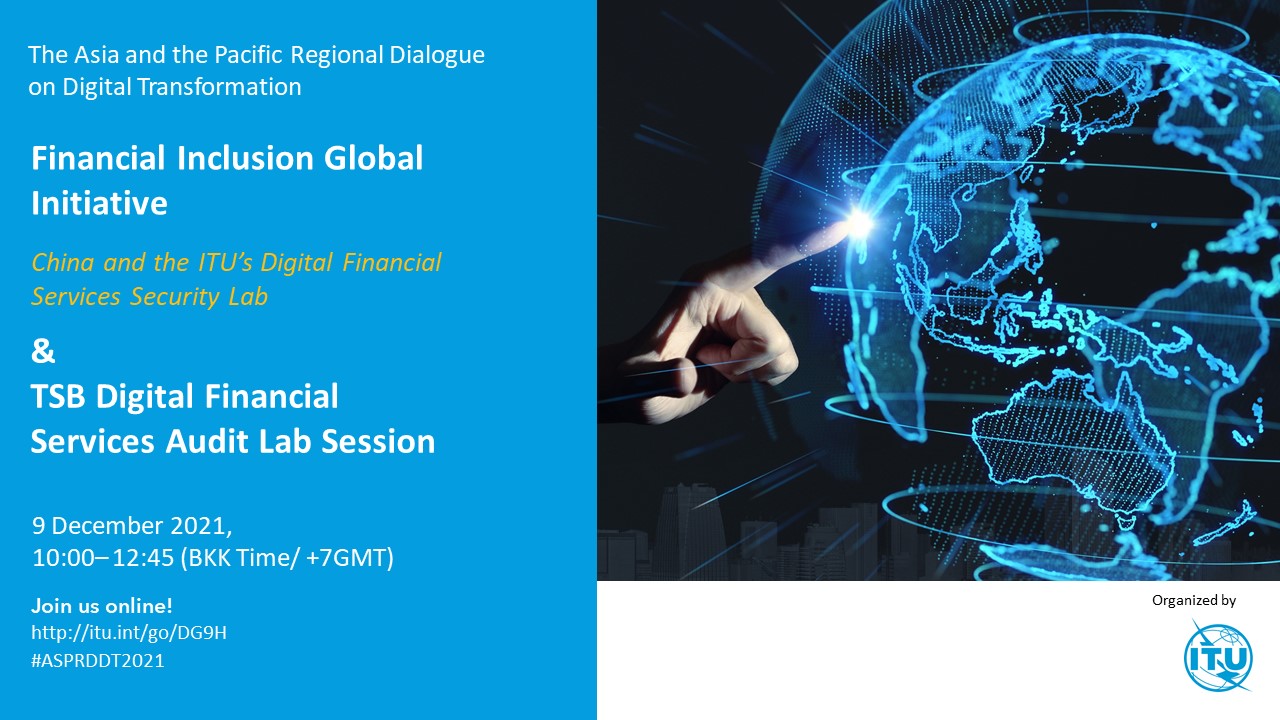
Introduction & Background
In the lead-ups to the International Telecommunications Union (ITU)’s World Telecommunication Standardization Assembly (WTSA-20) in February 2022 and the ITU’s World Telecommunication Development Conference (WTDC) in June 2022, there is an opportune moment to highlight the developmental opportunities of bridging the standardization gap.
The ITU’s Financial Inclusion Global Initiative (FIGI) is a three-year program dedicated towards supporting and accelerating the implementation of country-led reform actions to meet national financial inclusion targets. Through this program, implementation was done at both the country-level and the international working group levels. As the project is closing, there is a need to socialize the member states and broader stakeholders about the tools and resources available.
One example is on Digital Financial Services (DFS). DFS have proliferated globally, but are especially concentrated in the Asia-Pacific. The GSMA’s Mobile Money statistics note that out of 1.2 billion registered accounts, 548 million are in the South Asia and the East Asia and the Pacific regions. In 2020 alone, they contributed to 34% in growth of new accounts, especially due to increases in Southeast Asia.
However, this rise in DFS can lead to a dark side. The increasing usage of DFS can lead to inadvertent data leaks, as well as phishing, identity theft, and other risks that may cause harm to consumers. On top of that, the sheer proliferation in the number of new start-up DFS, as well as their range of applications and business models, means that regulators need to understand the different categories of mobile payments, including emerging technologies like distributed ledger.
Objective
The aims of this webinar are to socialize Asia-Pacific stakeholders about the relevant outputs of the FIGI program, specifically FIGI’s research and national implementation in China surrounding DFS and digital financial inclusion. The speakers will highlight DFS Technology trends vis-à-vis emerging technologies and the specificities of digital financial inclusion in China, and showcase opportunities, good practices, and recommendations that may be transferable to other countries in the region.
Additionally, this webinar will highlight the ITU’s DFS Security Assurance Framework and the DFS Security Lab developed under the Financial Inclusion Global Initiative and the knowledge products produced by ITU-T Study Group 16. It will also facilitate a conversation between international organizations, regulators, and central banks to stimulate knowledge sharing on threat vectors of DFS and mitigation opportunities.
Finally, this webinar seeks to highlight how standardization can lead to that safer outcome, including through rigorous DFS audits and the standardised methodology that is used in the DFS Security Lab to check for systemic vulnerabilities in mobile money applications and promote adoption of international standards and best practices to secure fintech applications.